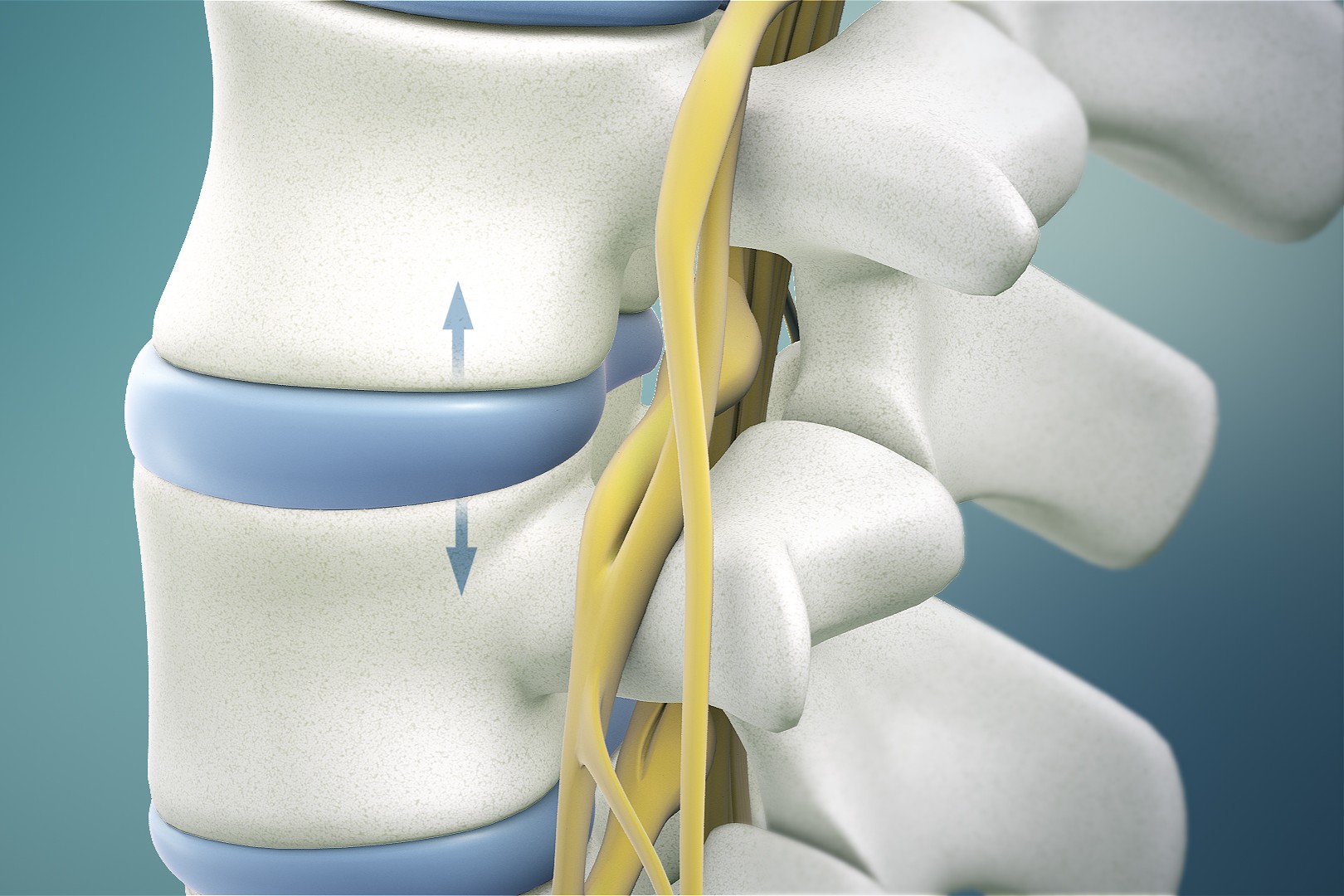
Decompression sickness, often called "the bends," is a condition that can affect divers, aviators, and astronauts. But what exactly is it? Decompression sickness happens when nitrogen bubbles form in the bloodstream and tissues due to rapid changes in pressure. These bubbles can cause joint pain, dizziness, and even paralysis. Understanding decompression sickness is crucial for anyone involved in activities where pressure changes occur. This post will dive into 26 intriguing facts about decompression sickness, shedding light on its causes, symptoms, and prevention methods. Whether you're a diver, pilot, or just curious, these facts will help you grasp the essentials of this condition.
What is Decompression?
Decompression is a process that allows divers to safely return to the surface after spending time underwater. It involves managing the pressure changes that occur as they ascend. Here are some fascinating facts about decompression.
-
Decompression stops are pauses during ascent to allow gases dissolved in the body to be safely released.
-
The deeper a diver goes, the longer the decompression stops required to avoid decompression sickness.
-
Decompression sickness, also known as "the bends," occurs when nitrogen bubbles form in the bloodstream.
-
Symptoms of decompression sickness can include joint pain, dizziness, and even paralysis.
-
Divers use dive tables or dive computers to calculate the necessary decompression stops.
The Science Behind Decompression
Understanding the science behind decompression helps explain why it is so crucial for divers.
-
Henry's Law states that the amount of gas dissolved in a liquid is proportional to the pressure of the gas above the liquid.
-
As divers descend, the pressure increases, causing more nitrogen to dissolve in their tissues.
-
During ascent, the pressure decreases, and nitrogen must be released slowly to avoid bubble formation.
-
Decompression models are mathematical algorithms used to predict safe ascent profiles.
-
Different models exist, including the Bühlmann algorithm and the Varying Permeability Model (VPM).
Tools and Techniques for Safe Decompression
Divers rely on various tools and techniques to ensure they decompress safely.
-
Dive computers continuously monitor depth and time to provide real-time decompression information.
-
Dive tables are pre-calculated charts that guide divers on safe ascent rates and decompression stops.
-
Technical divers often use mixed gases like trimix to reduce nitrogen levels and extend bottom times.
-
Rebreathers recycle exhaled gases, allowing for longer dives with reduced decompression requirements.
-
Safety stops are short pauses at shallow depths to further reduce the risk of decompression sickness.
Historical Context of Decompression
Decompression practices have evolved significantly over time, influenced by both scientific advancements and real-world experiences.
-
The first recorded case of decompression sickness occurred in 1841 among caisson workers.
-
Early divers used surface-supplied air, which limited their depth and bottom time.
-
The development of self-contained underwater breathing apparatus (SCUBA) in the 20th century revolutionized diving.
-
The U.S. Navy developed the first standardized decompression tables in the 1950s.
-
Modern decompression research continues to improve safety and efficiency for divers.
Interesting Facts About Decompression
Here are some additional intriguing facts about decompression that highlight its complexity and importance.
-
Saturation diving allows divers to live at high pressure for extended periods, reducing the need for frequent decompression.
-
Commercial divers often work at depths exceeding 300 meters, requiring meticulous decompression planning.
-
Astronauts also undergo decompression protocols to prevent decompression sickness during spacewalks.
-
Free divers, who dive without breathing apparatus, can also experience decompression sickness if they ascend too quickly.
-
Hyperbaric chambers are used to treat decompression sickness by providing high-pressure oxygen therapy.
-
Decompression research has applications beyond diving, including in aviation and hyperbaric medicine.
Final Thoughts on Decompression
Decompression isn't just for divers. It plays a crucial role in various fields, from medical treatments to space travel. Understanding how pressure changes affect the body can help prevent serious health issues. Remember, decompression sickness, or "the bends," can be life-threatening if not treated promptly. Always follow safety guidelines when diving or working in high-pressure environments.
In medicine, hyperbaric oxygen therapy uses controlled decompression to treat conditions like carbon monoxide poisoning and chronic wounds. Space missions also rely on decompression protocols to keep astronauts safe.
By grasping these facts, you're better equipped to appreciate the science behind decompression. Whether you're an adventurer or just curious, knowing these details can make a big difference. Stay informed, stay safe, and keep exploring the fascinating world of decompression.
Was this page helpful?
Our commitment to delivering trustworthy and engaging content is at the heart of what we do. Each fact on our site is contributed by real users like you, bringing a wealth of diverse insights and information. To ensure the highest standards of accuracy and reliability, our dedicated editors meticulously review each submission. This process guarantees that the facts we share are not only fascinating but also credible. Trust in our commitment to quality and authenticity as you explore and learn with us.
